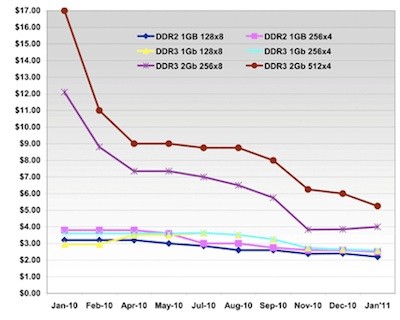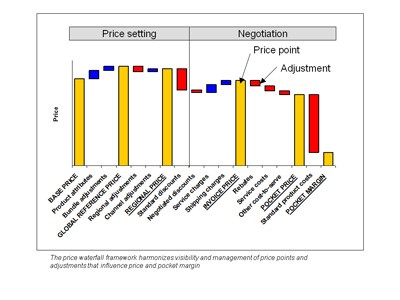Using Price Trends to Maximize Profits
Post on: 13 Апрель, 2015 No Comment

Follow Comments Following Comments Unfollow Comments
Advisor Mike Shell has meticulously researched the ways in which price trends can be applied to an investing methodology. He explains how his system has outperformed the S&P 500 over the past seven years, and why he does not rely on fundamentals or macroeconomic forecasts.
Listen to the complete interview here .
Kate Stalter. Today, I am on the phone with Mike Shell of Shell Capital Management .
Mike, I wanted to introduce you today by explaining to our audience that you originally started out a few years ago using some basic fundamentals and chart metrics to identify growth stocks. But you eventually refined some of these methods, developed your own proprietary system to understand some of the probability for many of these occurrences that investors are looking for. What led you to do your own research and to develop your own indicators?
Mike Shell. That’s exactly right, Kate. A few years ago—I guess about eight or ten years ago—we were doing charting and technical analysis and various quantitative screens and filters using both technical and fundamental indicators. And one day, a friend of mine said, “Well, how do you know this will really work in the future?” And that’s when we started down the probability side with that.
You know, a lot of people talk about chart patterns and various screens and filters, where they say, “You buy this here using these criteria, or sell that with these criteria.” That’s good. So we just wanted to quantify what is good versus what is bad.
The only way to do that is to mathematically quantify it by saying, “OK, if our systems enter based on this certain parameter and indicator, and sell based on these parameters and indicators, what is the actual outcome if they have done that over the last 50 years or 70 years”—whatever the data time frame is.
Really, at the end of the day, what you are doing is, you are determining the probability and the mathematical expectation, which is the probability of how often it loses. And the mathematical expectation is how much wins when it wins, and how much it loses when it loses. So that is the probability side of it.
What we do that is unique, and have been doing for the last several years—I think we’ve got seven years of performance history on our managed account program now—is that we have quantified what we do, and so we have a mathematical basis behind doing what we do. And that is unique from others who are just maybe macroeconomic indicators and things like that.
Since all of this is price-based; all of what we do is primarily price-based, we were able to quantify it that way. In other words, anything that you do that is different from the actual direction of the price itself—so if we are in an exchange traded fund position and it is moving up, anything that you use that is not related to the actual direction of the price always has the potential to veer way away from reality.
For example, value people would think, “Well, it’s very undervalued,” and maybe it could be, but you don’t really know that in advance. It could go down a whole lot more—think Lehman Brothers and Enron and Bear Stearns and all these other things in the past.
Anything that you use that is other than the actual direction of the price itself has the potential to steer you down the wrong path, and almost all blowups in history have been a result of people thinking something was really undervalued, and they buy more and more of it. And of course, they dig a big hole and get caught in the loss trap, and maybe take years and years to ever get back.

Kate Stalter. Mike, you run what is called your Asymmetry Investment Program, using separately managed accounts. Can you say a little bit about that?
Mike Shell. Yeah, the Asymmetry Investment Program—we named it Asymmetry, by the way, because Asymmetry references imbalance. The funny thing is, a lot of times, the conventional wisdom says you want to balance your assets; you want to balance risk and reward and you want balance in your portfolio.
But the fact of the matter is, you actually want imbalance. We want more gains and less losses, and so through asymmetry, we focus on the outcome of achieving greater profits— more of the profits, less of the downside that we would really prefer to avoid.
And we do that through a very complex risk-management system, primarily; and so Asymmetry Investment Program is our pursuit of asymmetric returns, meaning higher total return over time, less of the downside.
And Asymmetry Investment Program is a managed account program, meaning it’s a model portfolio that we offer across several different platforms—Trust Company of America, Folio Institutional, Schwab Institutional, Fidelity, Pershing, and some others. And a lot of those are through an investment advisors or financial planners.
I manage the money. Financial planners access our program through an agreement with us. And then their clients a lot of times have accounts with these different brokerage firms.
Kate Stalter. Now you were talking about some of the gains or losses that you’re measuring for. I’m curious: Do fundamentals play a role in your methodology at all at this point, Mike?














